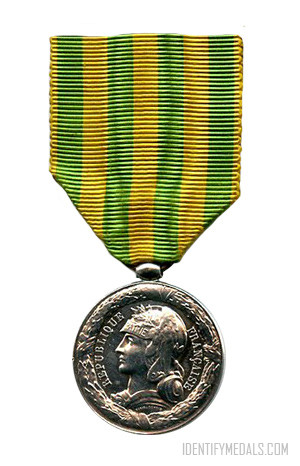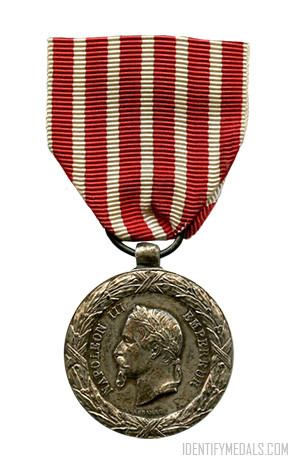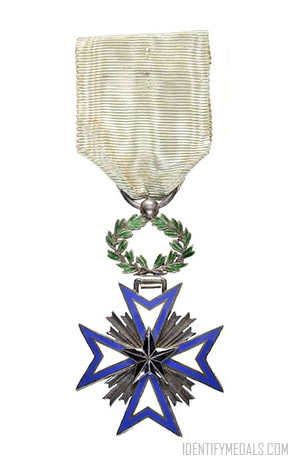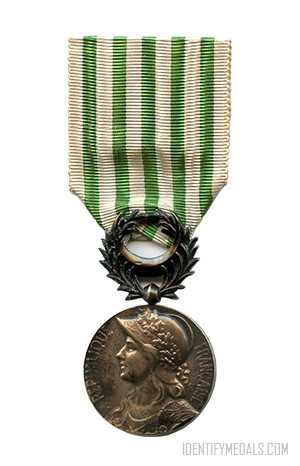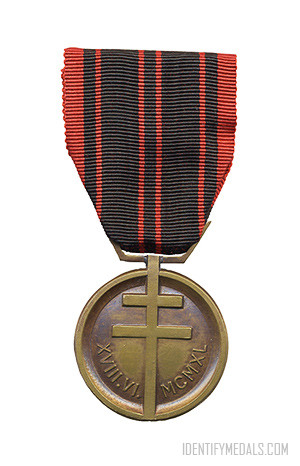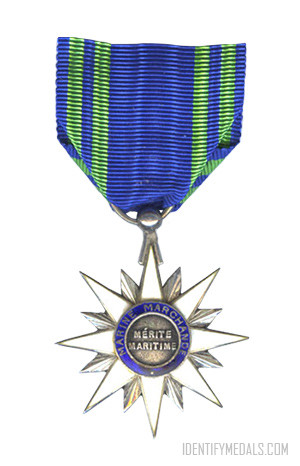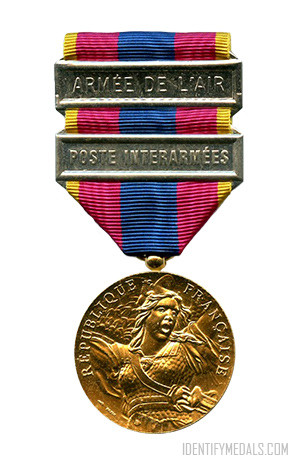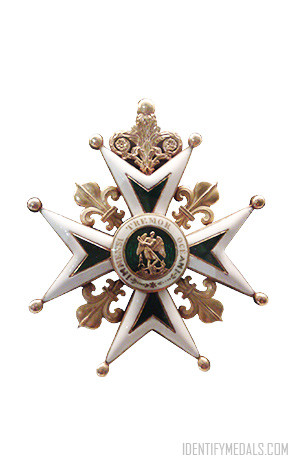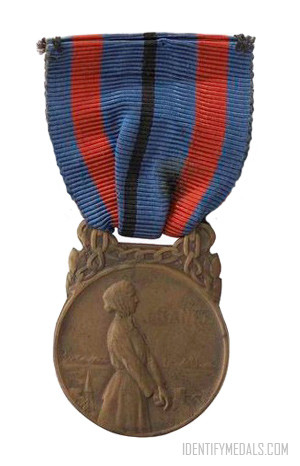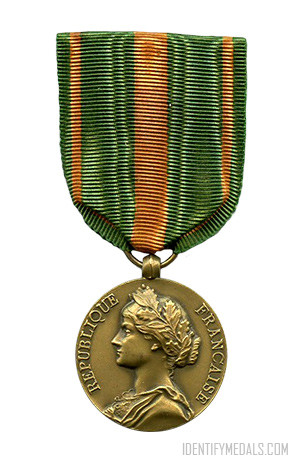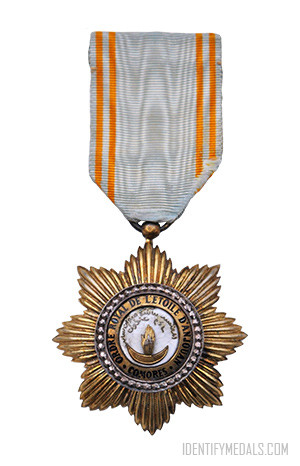The Tonkin Expedition commemorative medal (or Médaille commémorative de l’expédition du Tonkin in French) was awarded to all the French soldiers and sailors who had taken part in the battles of the Tonkin and the Sino-French War between 1883 and 1885.
The medal, created by a law of 6 September 1885, was minted at the Monnaie de Paris and distributed shortly before the Bastille Day parade on 14 July 1886 to around 65,000 soldiers and sailors. Administrative and support staff, including cantinières and officials working in the treasury, postal and military telegraphy services, were eligible for the award of the medal. The medal was not awarded to participants whose service records were marred by serious military offences or habitual misconduct.
The medal was later awarded to participants in a number of earlier and later campaigns in Indochina, bringing the total number of recipients to 97,300.
The Tonkin Expedition Commemorative Medal Design
The obverse of the medal features an effigy of the Republic and the words République française, enclosed within a laurel wreath.The Republic is represented as a helmeted young woman with the word patrie (motherland) inscribed on the visor of her helmet.
On the reverse of the medal are a list of some of the more notable engagements of the Tonkin Campaign and the Sino-French War.
Two medal issues were made, one for the army and one for the navy and the troupes de marine. The navy issue medal includes the following names: Cau-Giaï, Sontay, Bac-Ninh, Fou-Tchéou, Formose, Tuyen-Quan, Pescadores. The army issue medal omits the name Cau-Giaï, as it was at this engagement that the French commandant supérieur in Tonkin was killed.
The medal ribbon, envisaged in the law of 6 September 1885 as half green and half yellow, was redesigned in the course of production, and the final version featured four green stripes on a yellow background. The clasp is inscribed with the word Tonkin.

